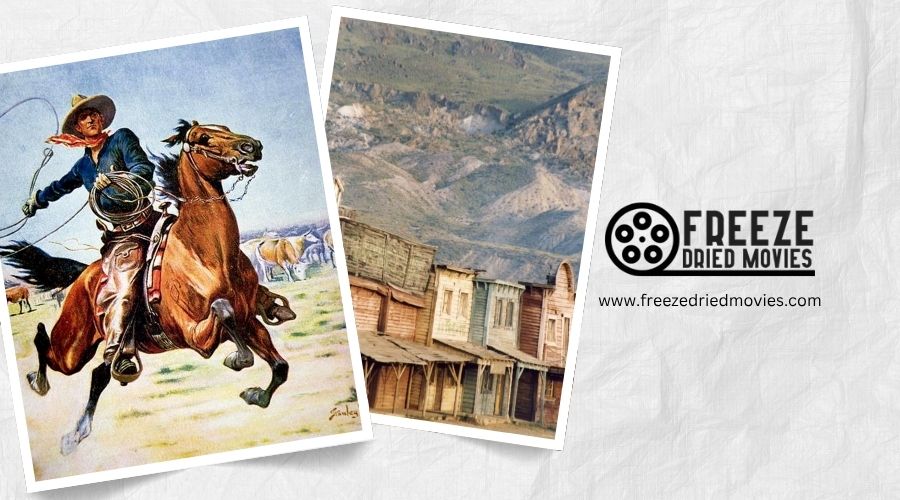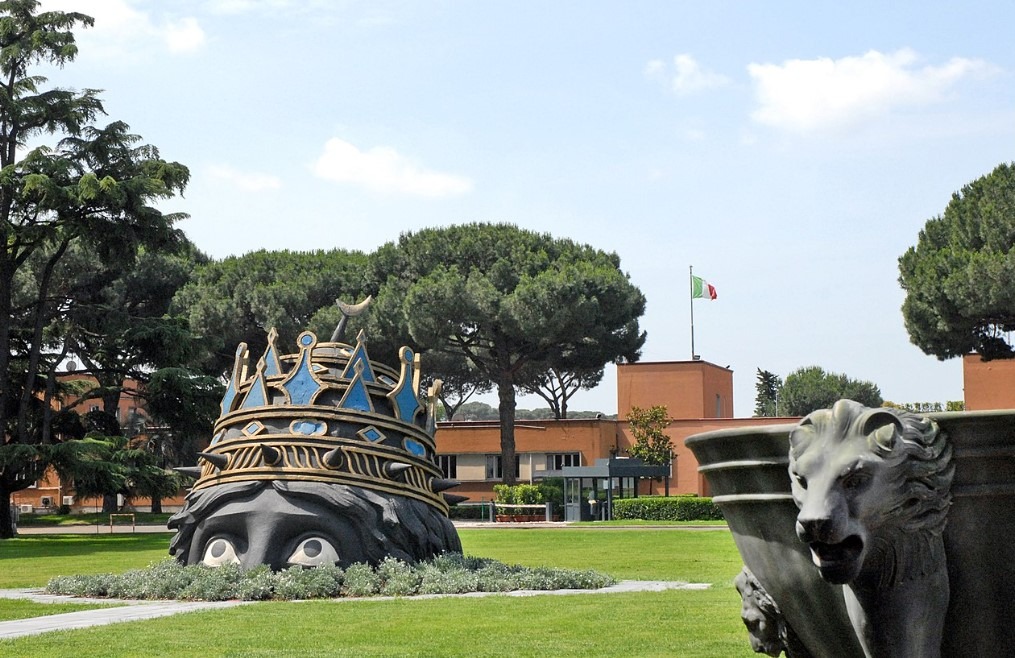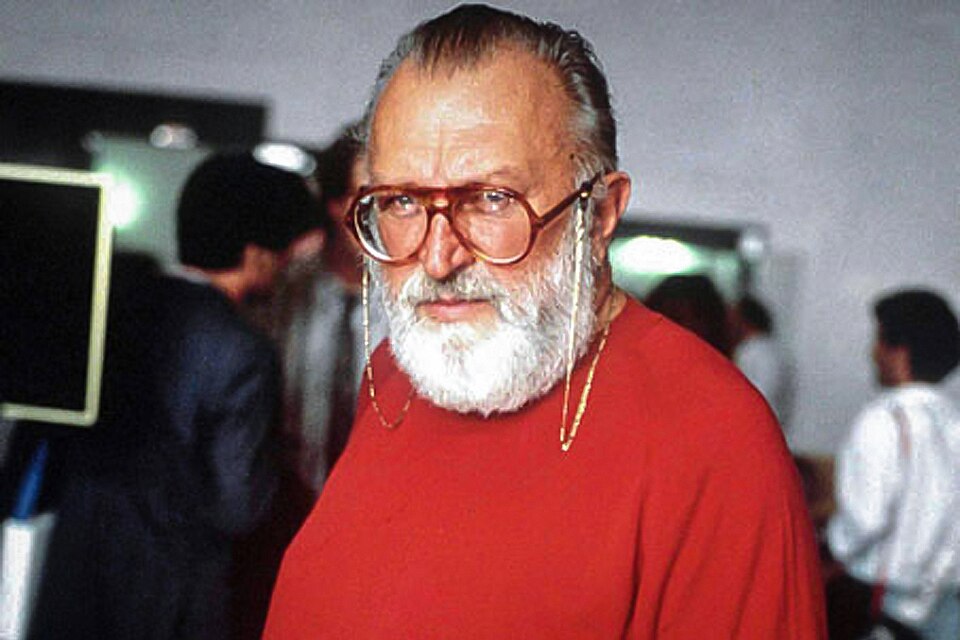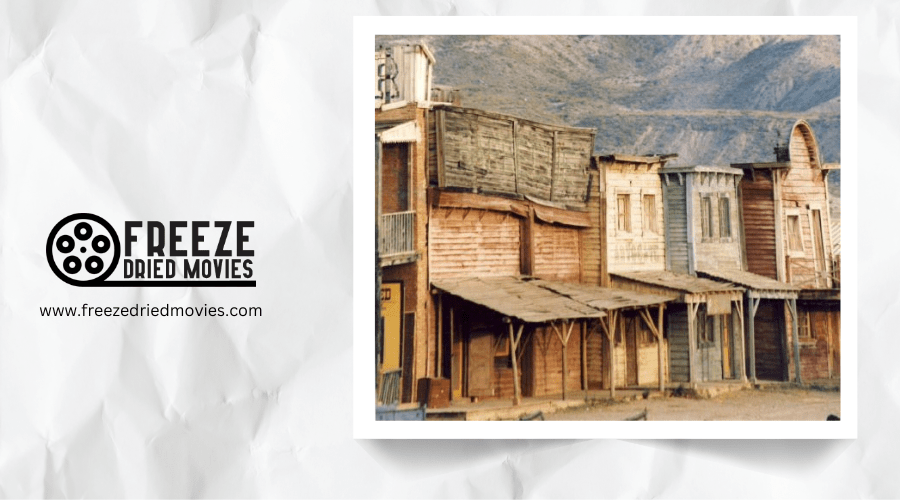Inside Low-Budget Production Models of Spaghetti Westerns

You're witnessing a fascinating paradox when you study spaghetti westerns. These films transformed cinema with surprisingly modest resources—often just a fraction of Hollywood budgets. The Italian-Spanish collaborations didn't view financial constraints as limitations but as creative catalysts.
From repurposed sets in Almería to innovative camera techniques, these productions proved that economic necessity often drives the most influential artistic movements. What other cinematic innovations emerged from these budget-conscious decisions that changed filmmaking forever?
The Economic Framework Behind Italian-Spanish Co-Productions
The financial ingenuity behind Spaghetti Westerns lies in their distinctive international co-production model. When "A Fistful of Dollars" and other Italian Westerns burst onto the scene, they revolutionized how low budget Western movies could be made a whole new way. These films made between 1960-1978—over 600 in total—thrived on minimal investment while maximizing profit potential.
This approach mirrors how the American film industry remained the 10th most profitable sector even during the Great Depression. The typical production featured an Italian director working with Italo-Spanish crews across affordable locations in southern Italy and Spain. Filming at Cinecittà Studios or desert landscapes of Almería kept costs remarkably low.
Productions operated on a simple principle: even modest box office returns generated profits due to their exceptional benefit-cost ratio. This economic framework explains why so many Spaghetti Westerns were made in Italy despite their limited resources.

Creative Solutions to Budget Constraints: Cinecittà Studios to Almería
Faced with minimal budgets but maximum ambition, Spaghetti Western filmmakers developed ingenious production techniques that turned financial limitations into stylistic advantages. You'll find that Italian directors cleverly utilized Techniscope widescreen format to create epic visuals without Hollywood-sized budgets.
Rather than expensive studio backlots, these films thrived in southern European landscapes. Cinecittà Studios in Italy provided affordable indoor shooting, while the arid terrains of Almería, Spain delivered authentic desert scenery that became signature to the genre. These remote locations drastically reduced production costs compared to American Westerns.
The resourcefulness extended beyond filming locations—many Western sets were later repurposed as theme parks, generating additional revenue. This economic model of Italian-Spanish co-productions proved that ambitious filmmaking didn't require extravagant funding, establishing Spaghetti Westerns as a triumph of creative problem-solving. Similar to the Trümmerfilme genre in post-WWII Germany, these productions demonstrated how cinematic innovation often emerges from economic necessity.
Maximizing Return on Investment: The Cost-Efficient Production Model
While creative solutions to budget constraints enabled Spaghetti Westerns to exist, their true financial genius emerged through a revolutionary investment model that transformed the economics of filmmaking.
Made by Italian filmmakers, these western all'italiana productions thrived on an exceptionally high benefit-cost ratio. You'd be surprised how these low-budget productions consistently delivered solid box office returns while minimizing financial risk. Even before the Dollars Trilogy proved the genre's massive potential, producers recognized that mediocre ticket sales could still generate healthy profits.
This cost-effective production approach granted directors unprecedented creative freedom, allowing them to focus on quality storytelling rather than pleasing investors. Similar to how campy horror masterpieces of the 1950s turned limitations into creative gold through inventive practical effects and ingenuity, these westerns maximized impact with minimal resources.
Today's film industry, with its blockbuster obsession, could learn from this model that prioritized smart economics over extravagant spending—demonstrating that memorable cinema doesn't require massive budgets.

Technical Innovations Born From Necessity
Three key technical innovations emerged from the resource constraints that defined Spaghetti Westerns, proving necessity truly is the mother of invention.
First, you'll notice how these Westerns filmed with Techniscope revolutionized production economics. This widescreen process allowed directors to shoot on 35mm film while using half the normal footage, considerably cutting costs without sacrificing the expansive visuals that characterized the genre.
Sergio Leone, who directed the first spaghetti Western to gain international acclaim, leveraged these limitations to develop his distinctive visual style. His creative use of extreme close-ups and sweeping landscapes became signatures of the genre.
Finally, the incorporation of Eastmancolor film stocks paired with Ennio Morricone's unconventional musical scoring created a unique audiovisual experience. These technical choices transformed budgetary constraints into the defining aesthetic elements that made these films legendary.
From Low-Budget Filmmaking to Global Cultural Phenomenon
Although they began as modest Italian productions seeking to capitalize on the popularity of American Westerns, spaghetti Westerns quickly transcended their humble origins to become an influential global phenomenon.
What you're witnessing is how this broad subgenre of Western films revolutionized cinema economics. While traditional Western narratives celebrated American heroes, directors like Leone flipped the script with morally ambiguous protagonists like Clint Eastwood and Franco Nero. Their success proved you don't need Hollywood budgets to create lasting art.
The subgenre of Western films birthed in Italy eventually influenced filmmakers worldwide, including Quentin Tarantino, who borrowed heavily from their visual language and themes. The Western is a broad canvas, but spaghetti Westerns demonstrated how creative constraints can spark innovation, challenging conventional filmmaking and establishing a uniquely influential cinematic legacy.



